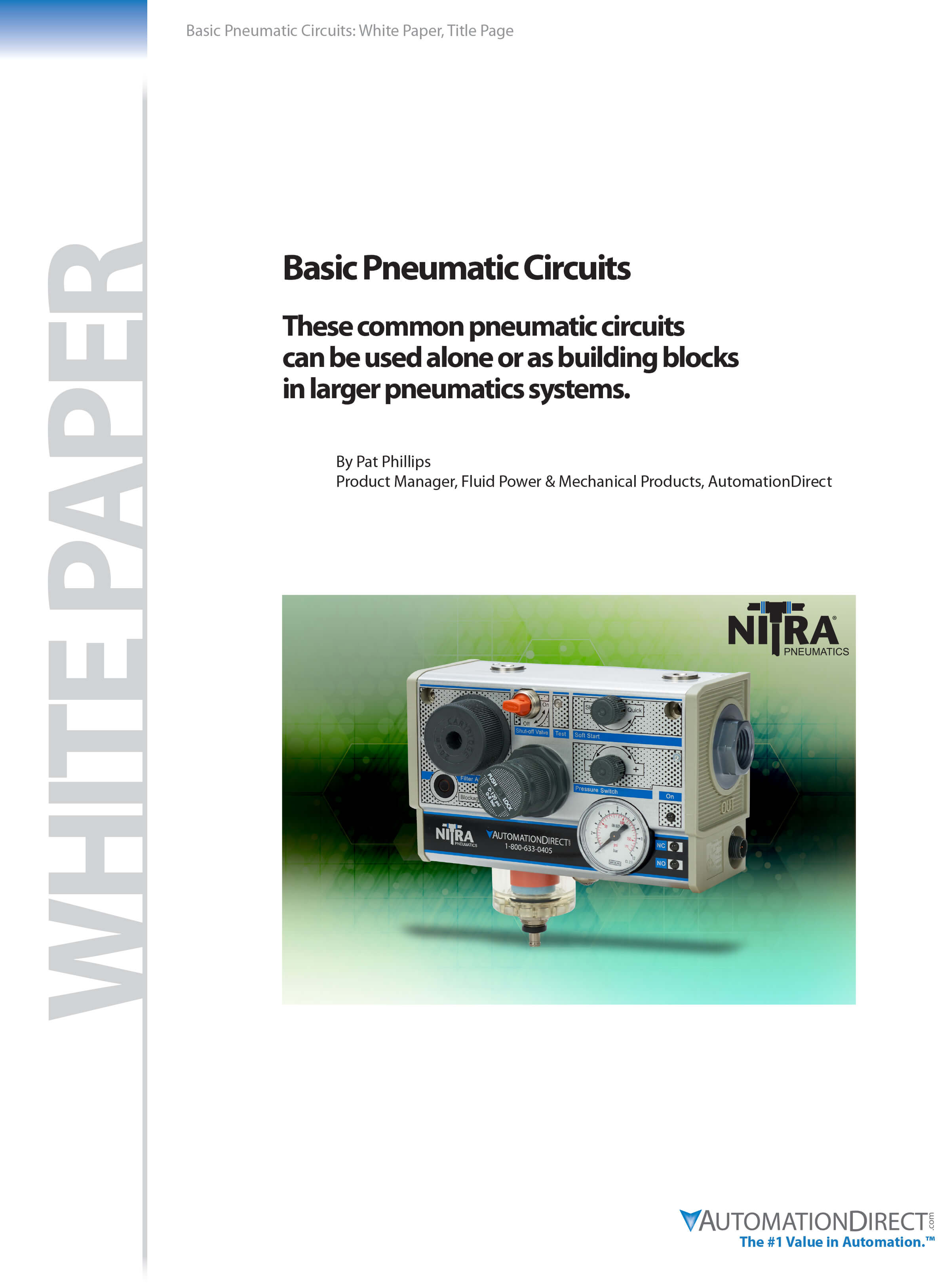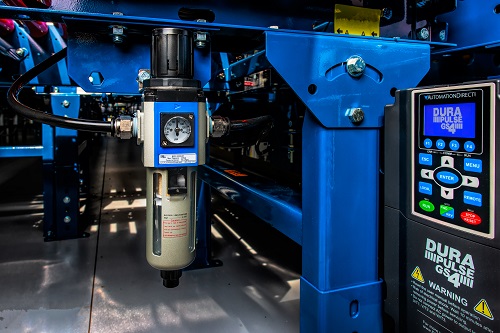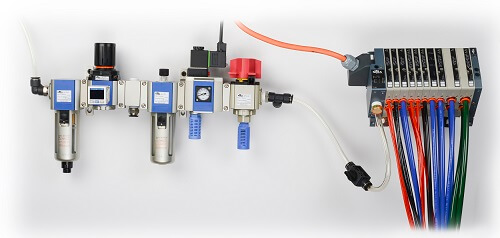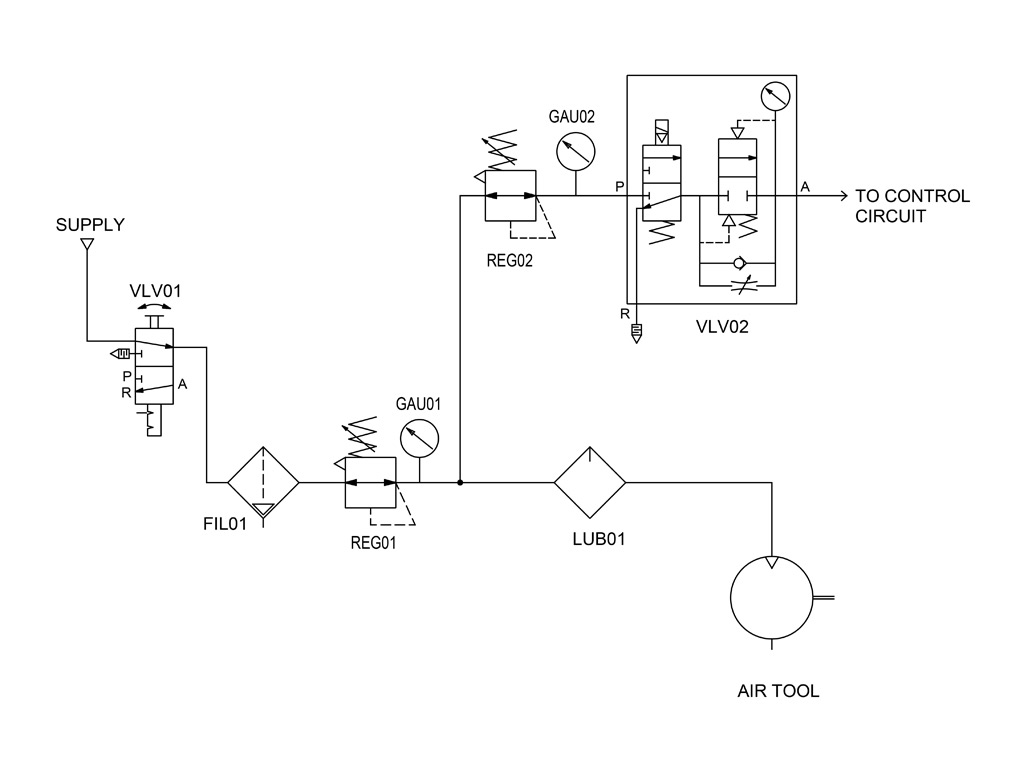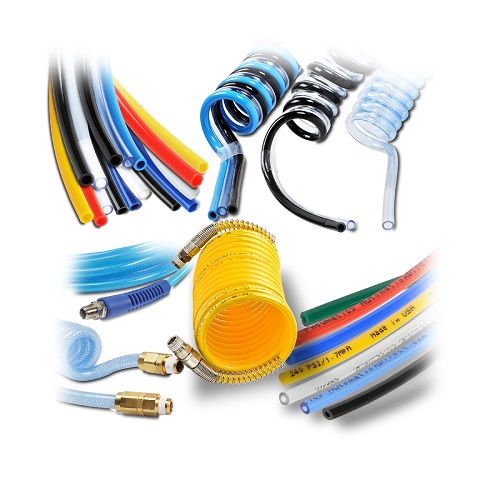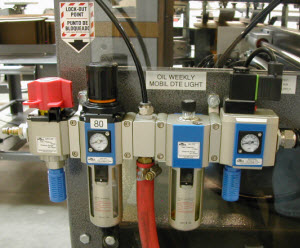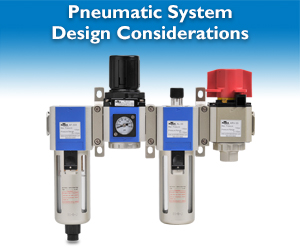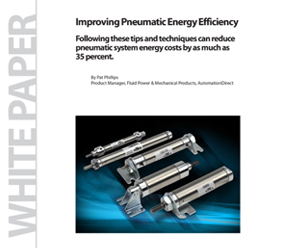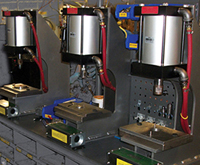Pneumatics have been used in automated machines for well over 100 years, with pneumatic technology developing and evolving for over a thousand years in some form or another, for example as boat sails. There have been many innovations over the years, and the basic pneumatic components such as valves, solenoids, cylinders, hoses and fittings are…
Available in many combinations, filters and regulators are a must-have on any machine. Other devices to perform functions such as energy isolation, lockout tagout and lubrication should also be considered. Chip McDaniel, technical marketer for AutomationDirect, wrote an article for the January 2019 issue of Design World magazine, titled Proper Air Preparation for Automated Machines….
In machine automation a pneumatic system provides a simple and cost-effective means to move, clamp, rotate, grind and screw. A pneumatic system is a collection of interconnected components using compressed air to do work for automated equipment. Examples can be found in industrial manufacturing, a home garage or a dentist office. This work is produced…
Pneumatics have been used in industrial machines and manufacturing plants and facilities for decades, so most of the basic components are tried and true, with significant innovations few and far between. But there are many innovative ways to combine these different components to create pneumatic subsystems. The explains four pneumatic subsystems, showing how combining basic…
Chip McDaniel, Technical Marketing at AutomationDirect wrote an article titled Tubing versus Hose in Pneumatic Systems for the February 2018 issue of Fluid Power World. The article looked at some of the differences between tubing and hose, and related fittings—and at best practices for design, selection and implementation of each. Tubing and hose play a…
To control pneumatic cylinders and actuators with fluid power, air flow must be reliably controlled, typically with a solenoid valve. Pat Phillips, Product Manager, Fluid Power & Mechanical Products at AutomationDirect, wrote an article titled There’s a Valve for That, which ran in the November-December 2017 issue of IEN magazine. In the article, he discussed…
Just like electricity, natural gas and water, compressed air is often a required utility in manufacturing facilities. Although compressed air is a bit more expensive compared to electricity for industrial machinery applications, it has other advantages and is thus frequently used to drive mechanical motion. Simplicity of Pneumatics Chip McDaniel, Technical Marketing Engineer at AutomationDirect,…
+Tech TopicseBookLearning ResourcesOnline OnlyPneumatic eBookPneumaticsPneumatics eBookPneumatics MoreProduct
Pneumatic System Design Considerations
Pneumatic systems as a whole can be simple, but this simplicity can be deceptive when it comes to selecting components. For instance, there are thousands of types, sizes, and variations of cylinders and valves, from off-the-shelf versions to custom designs. The sheer number of choices can be overwhelming, especially when options such as sensors are…
As electricity bills continue to rise due to new government mandates, manufacturing plants and other industrial facilities are making reducing energy consumption a priority. No company can afford to waste money by using machines or processes that consume too much energy. Since pneumatic systems are ubiquitous throughout manufacturing and can consume a large share of a…
+Tech TopicsAutomation NotebookIssue 31 - 2015Learning ResourcesNotebook IssuePneumaticsPneumatics MoreProduct
Pneumatic Cylinder Design Factors
Pneumatic systems are widely used for many reasons. They’re durable, clean, affordable, and fairly easy to install and maintain. They move loads in a variety of ways: pushing, pulling, lifting, lowering, and rotating. And they can handle widely varying payloads. While not ultra-precise in terms of positioning capabilities, they are accurate enough for countless applications….


